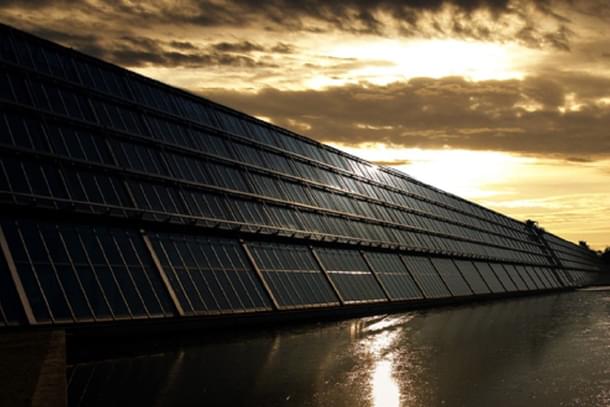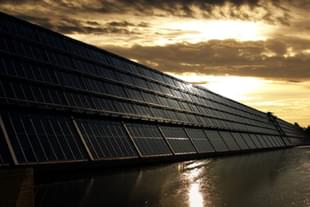Infrastructure
India Third Largest Producer Of Solar Power In 2023, World Passes 30 Per Cent Renewable Electricity Milestone: Ember Report
Amit Mishra
May 09, 2024, 05:28 PM | Updated 05:27 PM IST
Save & read from anywhere!
Bookmark stories for easy access on any device or the Swarajya app.


India overtook Japan to become the world’s third largest solar power generator in 2023, as per a report by Ember, an independent UK-based think tank focusing on climate issues.
With a remarkable 19 per cent year-on-year increase, India generated 113 Terawatt-hours (TWh) of solar power in 2023, compared to Japan’s 110 TWh.
The leading producer of solar power in the world is China which produced 584 TWh of electricity in 2023 ahead of the United States (238 TWh).
China's solar output made up over a third (36 per cent) of the global solar generation and is more than the next four countries combined (the US, Japan, Germany and India).
Yet, according to data from the Indian government think tank NITI Aayog, suggest that as of May 2024, solar power while making up 18 per cent of India’s total installed electricity of 442 GW, contributed 6.66 per cent to the actual power generated, highlighting a significant disparity between potential and reality.
Solar Capacity Has Been Growing Fast
The year (2023) saw record-setting annual solar capacity additions which were 76 per cent higher compared to 2022. To put it in context, in 2022, global solar capacity addition was 268 GW, according to BloombergNEF, while it was 444 GW in 2023, thereby breaching the 200 GW per year milestone.
Solar power’s rise in most countries has been due to steep declines in costs, supportive policy environments, technology efficiency improvements, and increased manufacturing capability, states the report.
The trend of heightened deployment is apparent, with 33 countries now boasting more than 10 per cent share of solar generation, including Chile (20 per cent), Australia (17 per cent) and the Netherlands (17 per cent), as well as the state of California at 28 per cent (itself the world’s fifth largest economy).
Renewables Future Has Arrived
The Global Electricity Review 2024 examines 80 countries, encompassing 92 per cent of global electricity demand, to evaluate their energy growth.
According to the report, for the first time in history, renewables accounted for over 30 per cent of the global electricity mix, with most of this addition coming from solar and wind energy sources.
Renewables have expanded from comprising 19 per cent of global electricity in 2000, primarily fuelled by the expansion of solar and wind power, to reaching 30 per cent in 2023. When combined with nuclear energy, low-carbon sources generated nearly 40 per cent of the world's electricity in 2023.
“The renewables future has arrived,” Ember’s global insights director Dave Jones said in a communication. “Solar in particular is accelerating faster than anyone thought possible.”
With the objective of tripling renewable energy capacity by 2030 set forth at the COP28 climate summit convened in Dubai in 2023, it is anticipated that renewable energy will constitute 60 per cent of global energy consumption by that time.
India is one of the few countries planning to triple renewable capacity by 2030, aiming for 509 GW. According to Ember analysis, annual capacity additions need to significantly increase for India to meet this capacity target.





